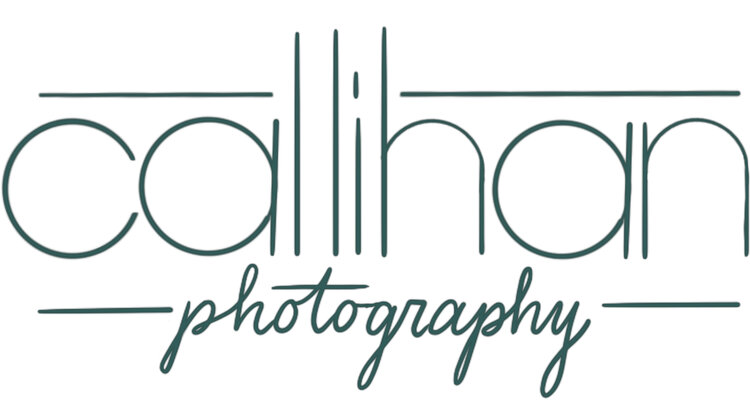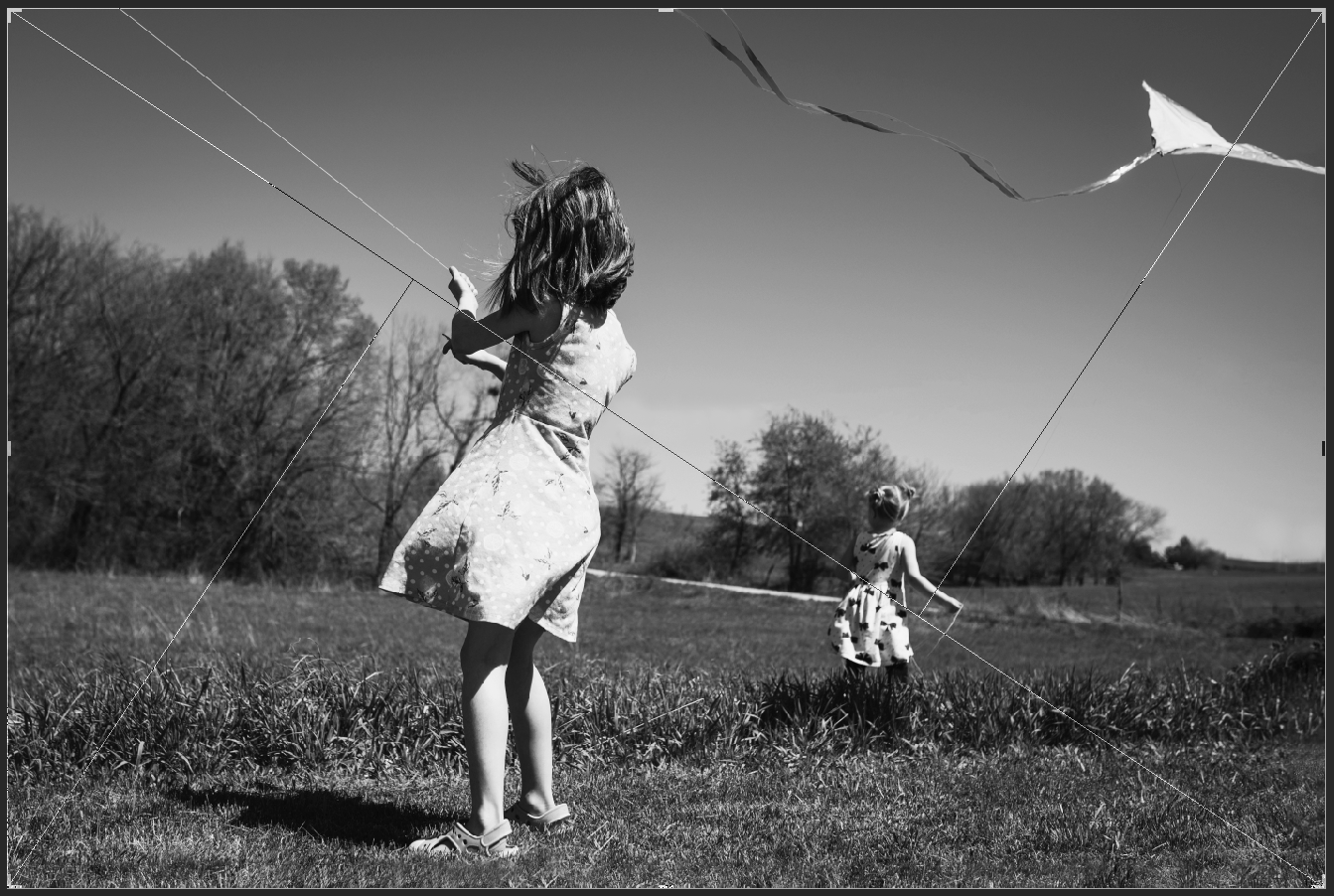The Rule of Thirds
This one is a simple one to employ. If you divide your frame into 9 equal squares, then you should place your subject on the lines of intersection. Horizons should go on these lines as well and you should avoid placing them directly in the middle (in between the lines). This will help to add interest in your image.
2. Symmetry
It helps a strong center composition to have perfect symmetry on either side of your subject. If you have ever watched a Wes Anderson film, you will notice how he uses this often. See here. This is one of my favorite compositions to use. I feel like it brings a sense of whimsy and peace to the image. Symmetry is very pleasing to the eye.
3. Negative Space
Having a lot of negative space around your subject helps to draw attention to them in a minimalist way. There are no distractions to draw the eye away with this composition.
4. The Golden Triangle
This one takes a bit of intention to pull off. Be aware of strong diagonals going throughout the image. Sometimes they are more implied. Other times it is a direct line.
5. Isolate the Subject
Using a wide aperture as low as f/1.4 will help the focus to fall on your subject and the background will fade away into a blur. This will give you a shallow depth of field. This gives a dreamier effect and is great for portraiture.
6. Color
Using analogous colors or complimentary colors will help bring attention to your subject. For this picture the girl’s hoodie is the same color as the lemur’s eyes. Color harmonies are also very pleasing. I love using the primary colors!
7. Fill the frame
This is where you get very close to your subject so that very little if any space is seen around them. This draws the attention right to your subject. Cropping in very tightly works well for this, just make sure to not chop limbs in an unpleasing way. For more information on limb chops go here.
8. Leading lines
This is exactly how it sounds. Look for lines or paths that will lead your eyes to the subject. You want these lines to take your eyes deeper into the frame. They do not have to be straight, sometimes a curved path can take you deeper into the image.
9. Foreground and Depth
This is essentially layering. Having a strong foreground, middle ground and background can help add visual interest. In this picture the plant is the foreground, the baby is the middle ground and the grandmother is the background.
10. Framing
This one is my favorite! I love shooting through things to frame my subject. In this case the leaves do the job. But you can use anything! People, nature, buildings, even light! The possibilities are endless.
Hope this is helpful! If you’ll like, you can read more here. Thanks for reading.
















